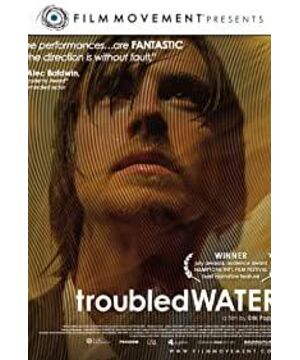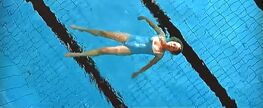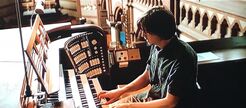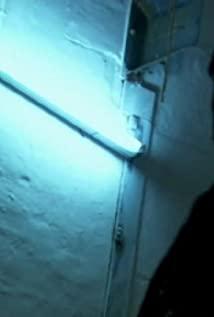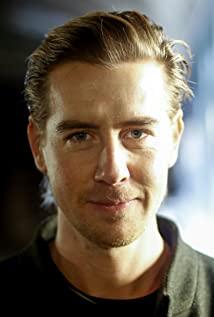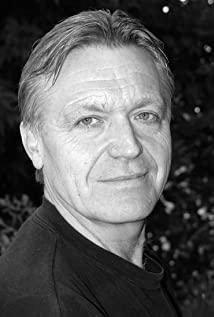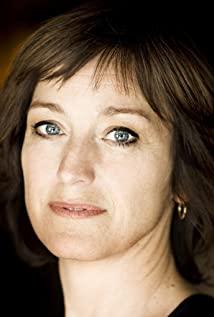The film begins with water, which has become an important symbol connecting the past and the present, atonement and repentance. Before Jan was pushed into the pool by his companion, the body of the abandoned child seemed to be visible in the trance; and the child's mother, Agnes, seemed to have the same hallucinations as Jan every time he swam. More importantly, Jan's guilt was caused by the water , and it was in the same place at the end of the movie because he desperately saved the son of the goddess Fu who fell into the rapids in a hurry and got redemption. There is also a close-up shot of water in the movie, that is, when Agnes leads the students to visit the church, the priest of the church introduces the baptistery to the children, "that is the water for people to baptize." It was the water that brought people's life and faith, and it was also the water that took away the lives of the children in the movie. It was the water that finally completed the ceremony of Jan's confession and forgiveness. After being released from prison, Jan longed to start a new life, but he was immersed in the past confession and was unable to extricate himself, as if living in the water. In front of the camera depicting Jan, a feeling of suffocation hits his face.
Fortunately, there is music. Jan's special musical talents allowed him to learn piano and accompany priests in 8 years in prison, so he got the opportunity to work after he was released from prison. It is precisely because of his musical talent that the goddess of the church and her children fall in love with him. One of the most important components of the church sacrament is music. The huge pipe organ allows the music to reverberate in the dome, which can indeed give a person a kind of spiritual relief. But the problem is that Jan refuses to be a guilty person. He always insists that it is just an accident. He has paid the price of 8 years in prison for this accident, and now is the time to start a new life. But only music can give him peace of mind, because outside him is full of "moral anxiety." This movie always reminds me of Kieslowski's movies unconsciously. The inner suffering of the seemingly peaceful protagonist fills the lens with an implicit tension. The familiar feeling of the lens, the tension of the screen and the background music appeared in the second part of the "Oslo Trilogy" by director Erik Poppe, " Hawaii, Oslo " (2004).
The film’s narrative method is divided into two, and the same matter is divided into the upper and lower chapters from different angles of Jan and Agnes respectively. It is not until Agnes “save” the son of the goddess Fu who Jan is going to pick up from the kindergarten home. Two protagonists
Really met for the first time. This film narrative method reached its extreme in "Assassination Stronghold" (2008), which uses six people to gradually advance the story from different angles in the same event. Although the structure of "Rising from the Water" is not original, it has been successfully used by the director, which is enough to prove the director's ability to manipulate the storyline. In his second " Hawaii, Oslo ", he borrowed from David Lynch's "Mulholland Road" (2001) the narrative method of multi-person and eventful interplay until the end of the film. Both films illustrate his preference for other narrative methods that are different from direct narrative methods.
The ending of the movie is perfect, even making up for Agnes's unreasonable mentality change in the end. At the end of the Agnes chapter, she acted very extreme, even worried that Jan would come and hurt the two children she later adopted. At the same time, in order to prevent Jan from continuing to "do evil", she neurotically hijacked the son of the goddess Fu that Jan had picked up, but When Jan met her, got into her car and drove to the scene of the accident, her nervousness quickly became normal, and she indicated that she only wanted to learn the truth from Jan, because her son's body was never found again. This change came too suddenly and should be the only flaw in the movie. The exciting part of the ending lies in two places. One is Jan’s excuse that he refused to admit his guilt in the front and finally confessed to himself. At that time, Agnes’s son did not die after breaking his head. It was only when Jan was about to put him in the water. The child opened his eyes for a moment and was tense. He let go and threw the child into the torrent. He finally admitted that he was guilty. The other is that Agnes finally forgave Jan, but when Jan rescued the goddess Fu’s son from the torrent, the goddess Fu who had always been "forgiveness-oriented" could not forgive Jan in the end, which made the film’s themes of atonement and forgiveness suddenly Becoming contains a special meaning.


